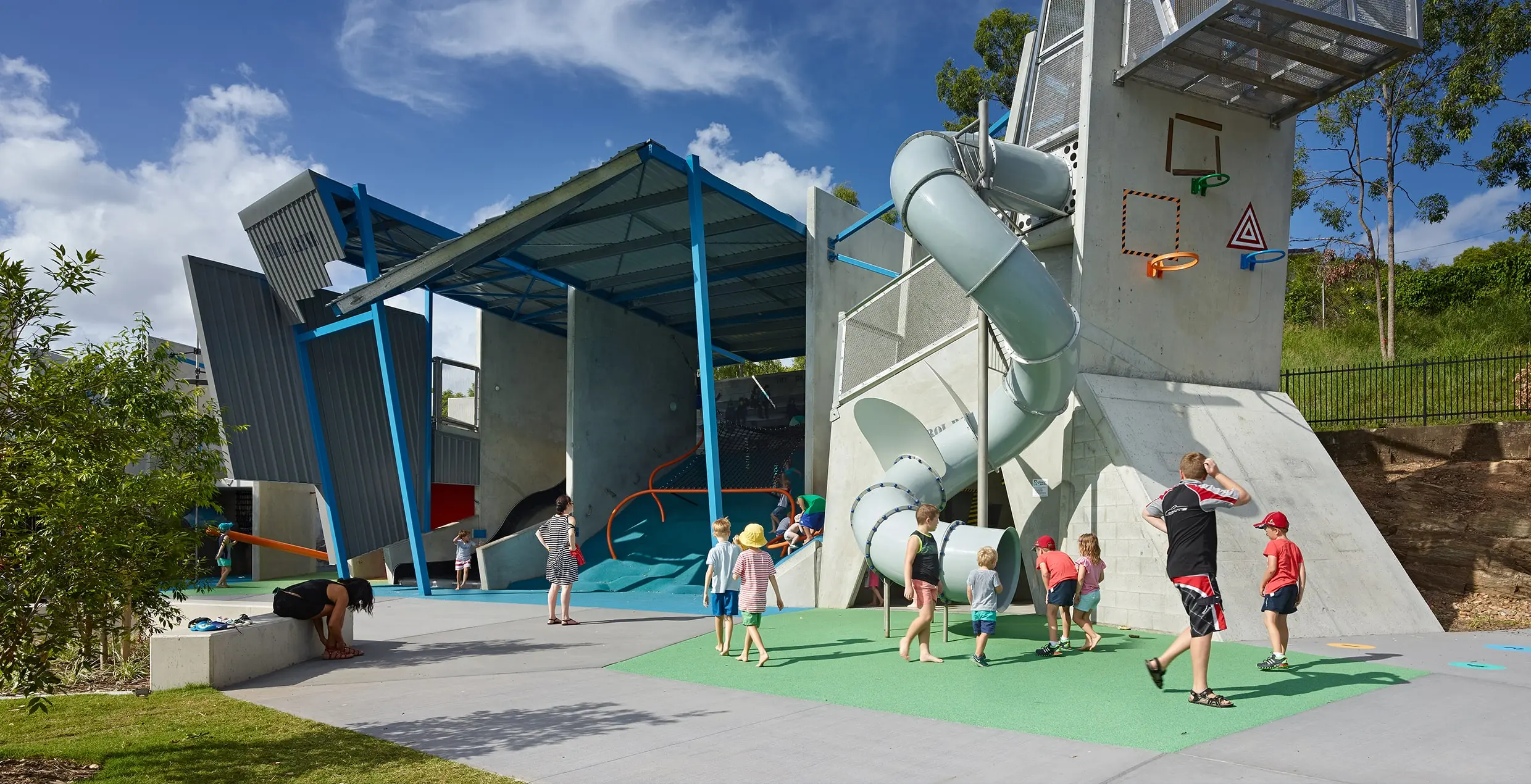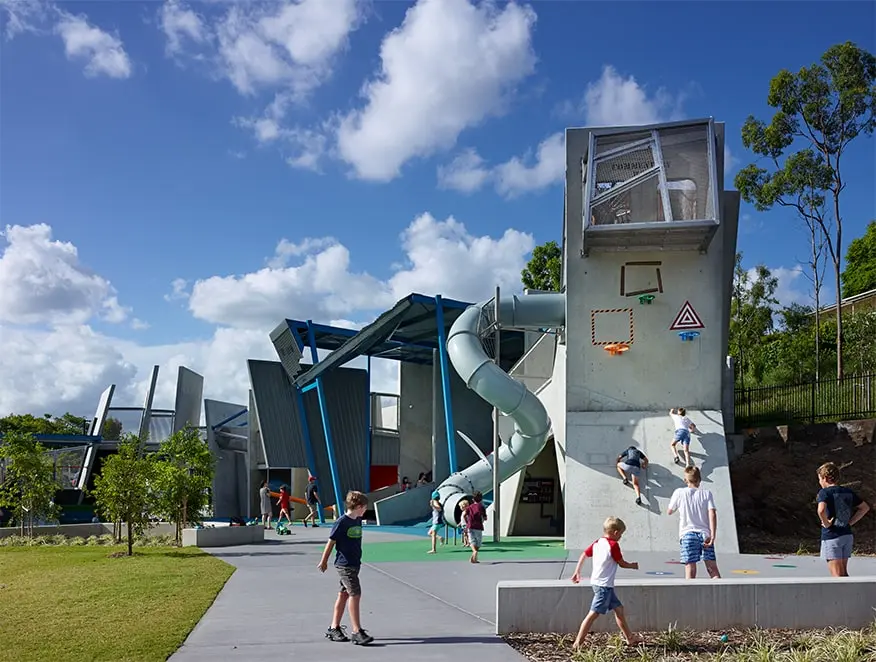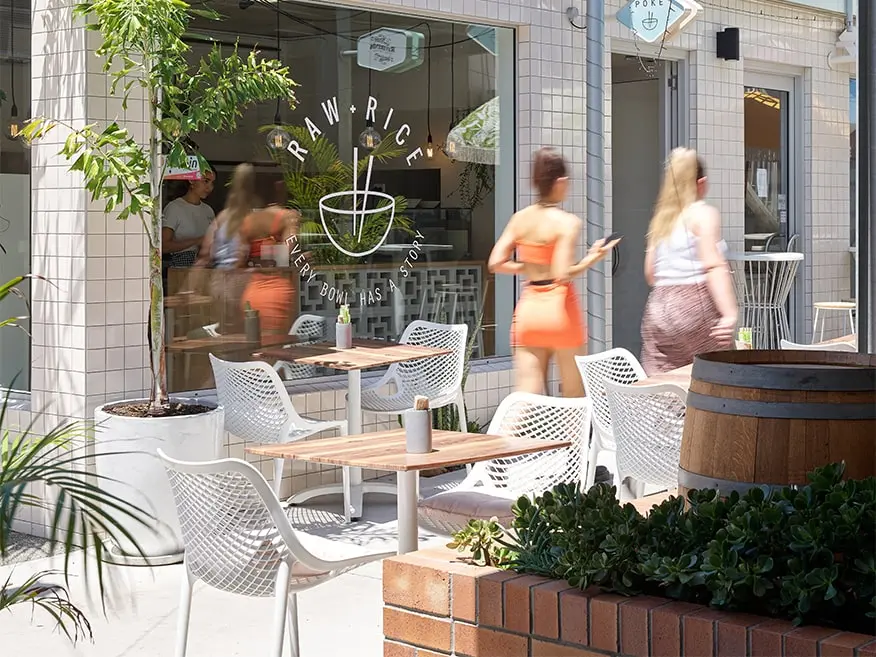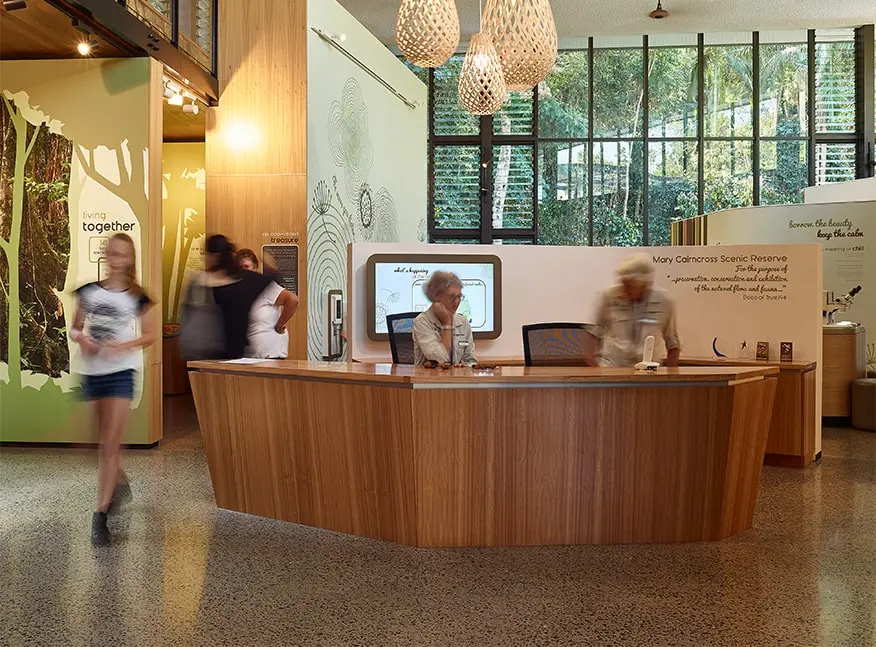
Placemaking is one of the most important elements in designing architecture, landscape architecture, and interiors. It isn't just an academic concept; it's a process that allows us to create spaces and places with character, culture, and identity.
It doesn’t matter whether it’s a commercial, government or community project; successful design relies heavily upon the insights available through place-based planning and evaluation. Understanding how users interact with their environment is essential in creating engaging public spaces that have both aesthetic value and excellent functionality for those who use the spaces.
That said, learning about why placemaking is so important for design can give you the knowledge you need to make informed decisions about the next project you want to design.
What is placemaking in design?
When it comes to design, the ultimate goal is to create a space that is both functional and beautiful. However, placemaking takes this idea one step further by emphasising the importance of designing spaces that truly enhance the community.
Placemaking uses thoughtful design elements to create a sense of identity and belonging within a particular area or neighbourhood. This means incorporating public art, communal gathering spaces, and pedestrian-friendly walkways to tell a story, encourage social interaction and create a sense of connection.
By incorporating placemaking principles into our designs, we create visually stunning spaces and transform them into dynamic and thriving community hubs.
Benefits of placemaking
Placemaking is not just trendy jargon but a valuable way to build healthy communities. Its benefits go beyond the aesthetic appeal of improved public spaces. It fosters social interaction, stimulates the local economy, boosts community pride, and encourages physical activity.
When people feel a sense of ownership and connectivity to their surroundings, they’re more likely to take care of them. This sense of ownership is the catalyst that transforms dull, sterile environments into vibrant hubs of activity that reflect and celebrate the community’s unique culture.
The benefits are manifold: placemaking can boost local business, foster social bonds, and improve public health. Whether a small park or a bustling plaza, placemaking offers endless possibilities for communities looking to enhance their surroundings and improve the quality of life for all.
Why collaboration is critical to placemaking
One of the critical elements to placemaking and successfully capturing the culture, history and stories of a place is community and Traditional Owner engagement at the very start of a project.
This is a core part of our design process here at GB-A. We utilise surveys and workshops to uncover community aspirations. We also conduct detailed research to uncover the history, the well-known and little-known stories, and site history, to create a place that is loved by the community and creates a strong sense of place through artwork, interpretive displays, and theming.
Examples of placemaking in design
Placemaking is an important concept when creating an environment that fulfils the needs and desires of the people who will live, work, and interact in it. It’s essential for creating a meaningful space that caters to different uses and preferences. In addition, placemaking also enhances communities through capitalising on their local culture and resources.
Here are three project examples across different sectors that have prioritised placemaking, enabling us to create meaningful places that exude uniqueness.
Photography: Scott Burrows
Frew Park Arena Play Structure
Built on the grounds where the iconic Milton tennis stadium once stood, the Frew Park Arena Play Structure honours the history of its site with design references to court lines, surfaces, and tennis equipment through use of colour and materiality. As a nod to the original tennis stadium, it also features a ‘Commentary Box’, a steel-mesh enclosed box suspended eight metres above the ground, which offers even greater thrill to playground-goers.
Inspired by the architectural Deconstructivist movement, the grandstand is brought to life with large precast concrete panels of undulating heights and angles, suspended concrete slabs, angled steel struts, steel mesh tunnels and barriers, and angular folded roof canopies arranged in an arc to enclose a central lawn space. The fragmented forms which feature in the design of this contemporary play precinct capture the energy and movement of tennis in action.
Photography: Scott Burrows
California Lane
California Lane is a bustling laneway precinct behind the popular Brunswick Street in Brisbane’s Fortitude Valley. As our client was driven by a desire to honour his family’s history in the Valley, the family-owned business California Café, once located at Carroll’s Corner in Brunswick Street, became the inspiration behind the design.
True to its name, the laneway incorporates retro elements from the nostalgic years of California with pastel walls, neon signs and tall palm trees. Materials, features, finishes and planting were inspired by 1960s California with pastel walls, neon signs and tall palm trees creating a warm and inviting retro feel.
Photography: Scott Burrows
Mary Cairncross Scenic Reserve Rainforest Discovery Centre
The Mary Cairncross Scenic Reserve Rainforest Discovery Centre is an iconic conservation and tourism centre located at Maleny in the Sunshine Coast Hinterland overlooking the Glass House Mountains and Blackall Range.
The architecture is designed to accentuate the site by providing opportunities for visitors to experience the contrast of the wider views of the mountains to the south, and the more intimate connection to the rainforest to the north and west. It achieves this by framing views and blurring the edge between internal and external spaces.
Timber and locally sourced Glasshouse blue stone were also used to enhance contextual intimacy, passively stabilise internal temperatures, and reduce environmental impact. To immerse visitors in the rich biodiversity and living heritage significance of the area, interactive displays were placed throughout the Centre to tell the story of the reserve and its inhabitants. Inspired by the buttress roots that anchor trees to the forest floor, the landscape design used low basalt stone walls to ground the building to the landscape.
Now you can see why placemaking is such an important element in the design of architecture, landscape architecture, and interior design and how it can add greater context and character by incorporating the culture, history, and identity of the area a project is situated.
UP NEXT

































